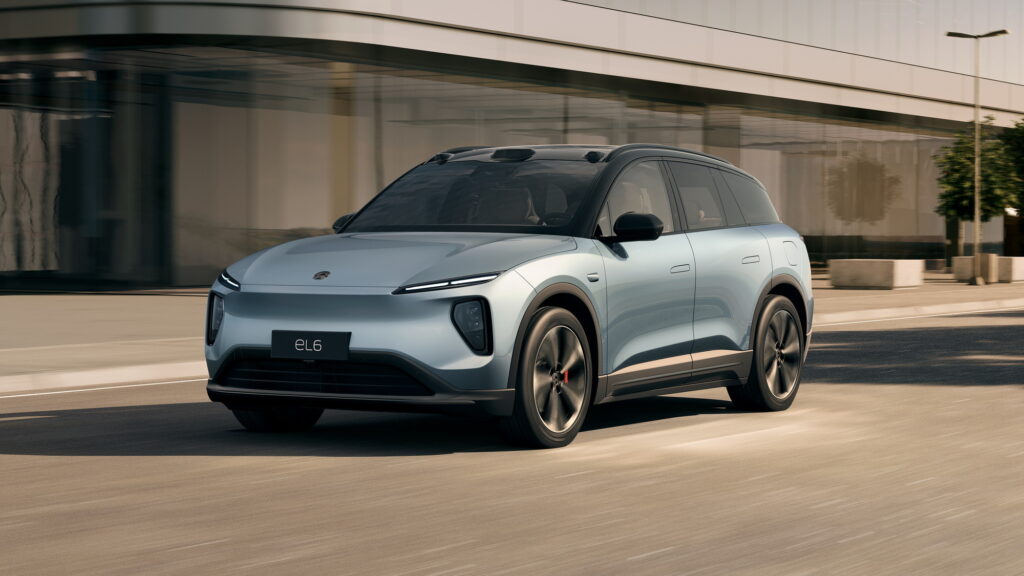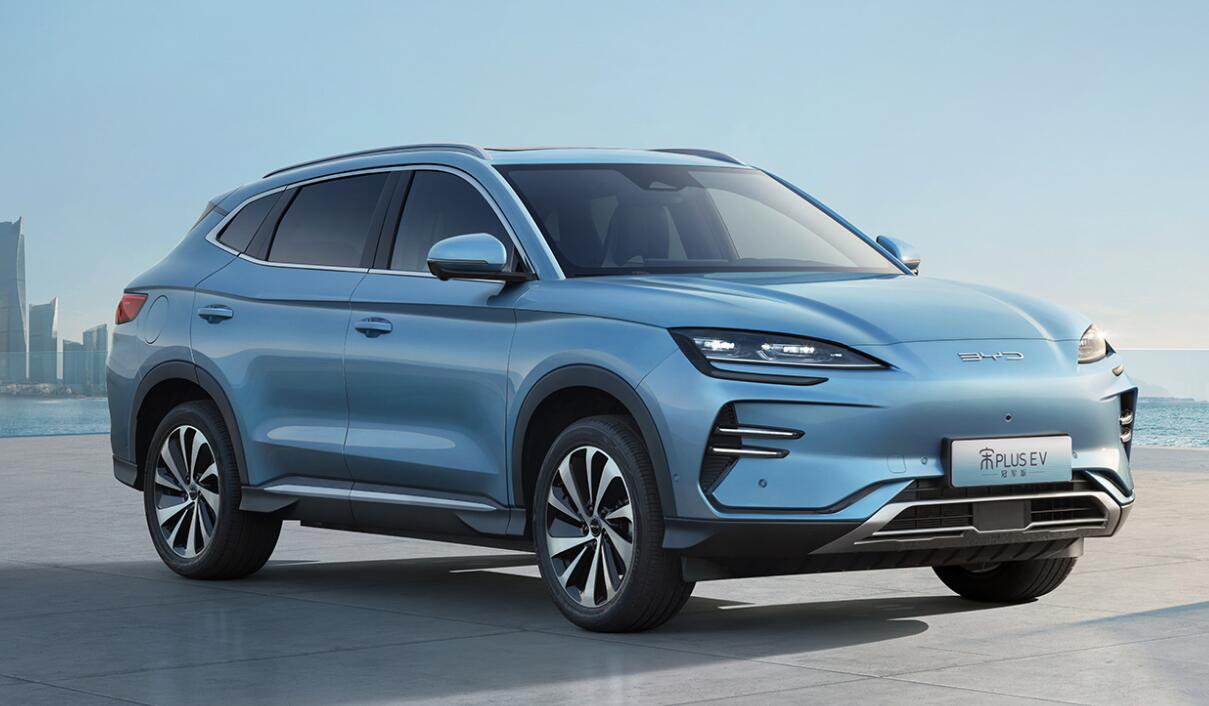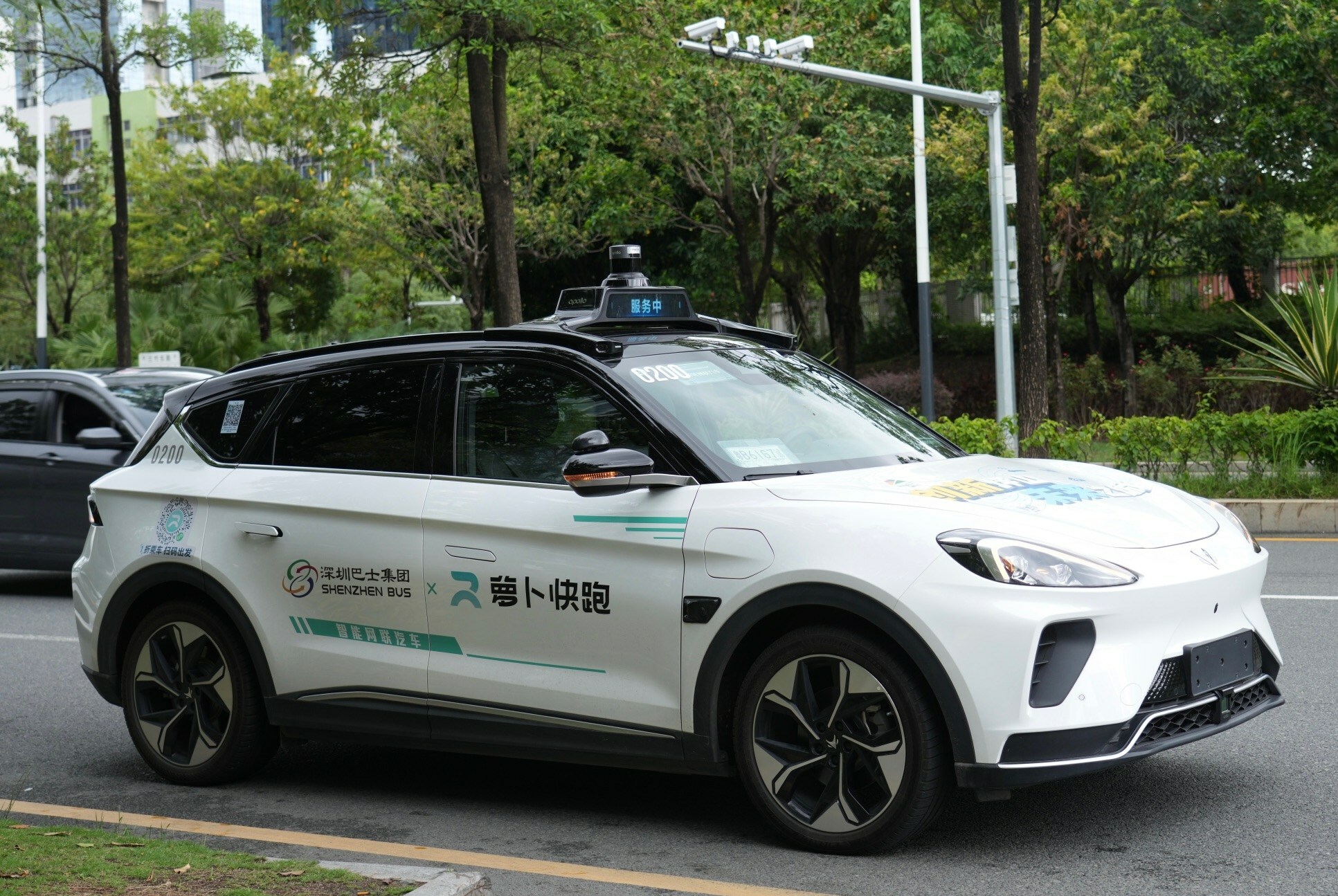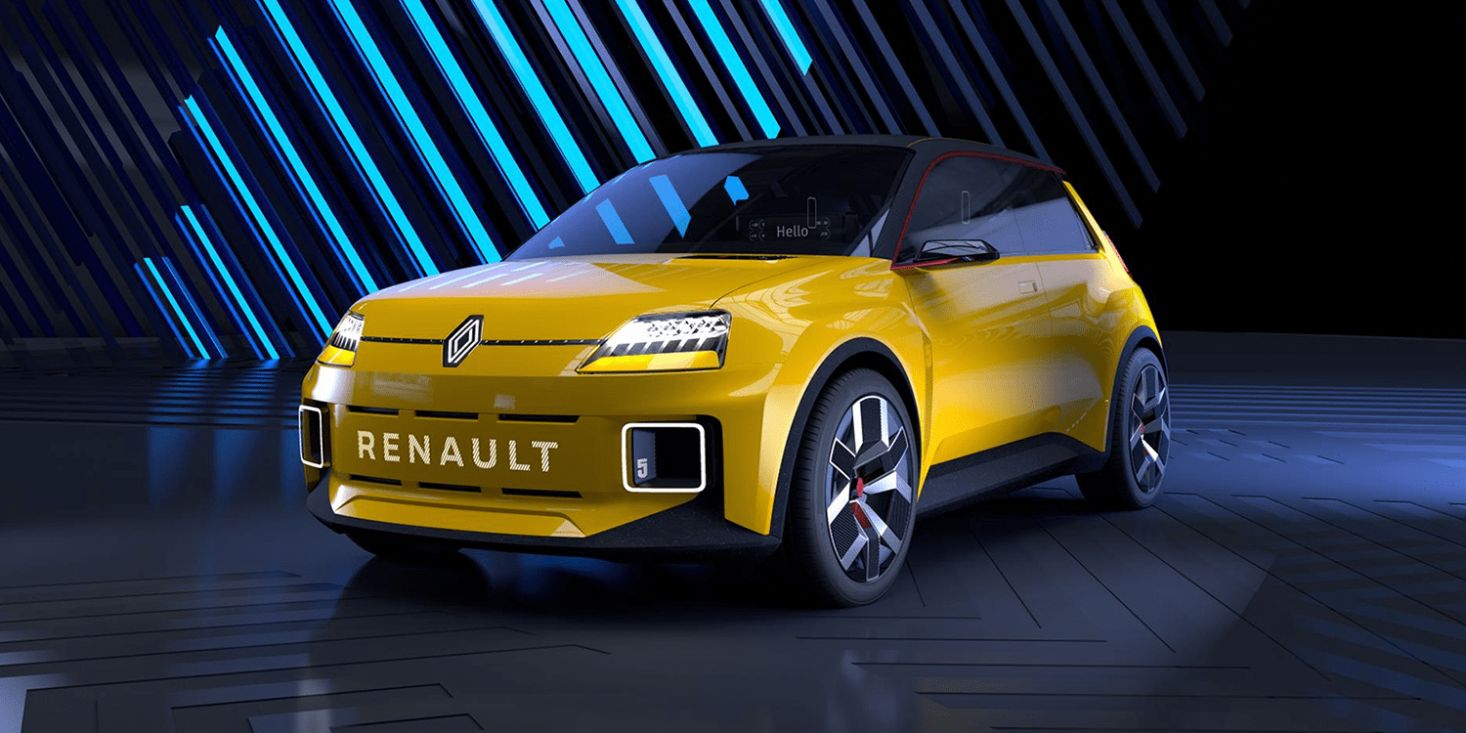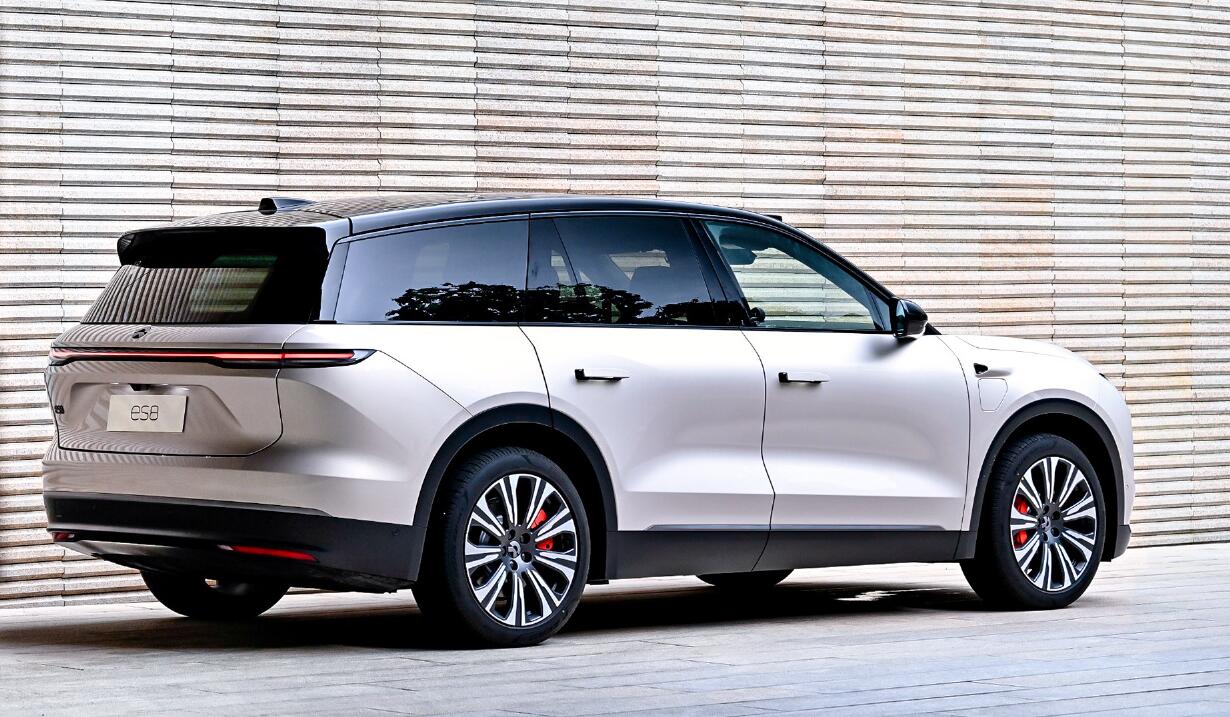China has unveiled its latest policy regarding the purchase tax exemption for new energy vehicles (NEVs), providing clarity on the timeline for the gradual withdrawal of the policy in the coming years. According to an announcement by the Ministry of Finance, NEVs purchased between January 1, 2024, and December 31, 2025, will be exempted from the purchase tax, with a maximum exemption cap of RMB 30,000 yuan ($4,170) per passenger vehicle.
From January 1, 2026, to December 31, 2027, NEVs will be subject to a reduced vehicle purchase tax, set at half the normal rate. The tax reduction for each new energy passenger vehicle during this period will not exceed RMB 15,000. The category of NEVs includes pure electric vehicles, fuel cell vehicles, and plug-in hybrid vehicles, which encompass extended-range electric vehicles.
The definition of new energy passenger vehicles, as stated in the announcement, pertains to NEVs primarily designed, manufactured, and technically characterized for the transportation of passengers and their accompanied luggage. These vehicles can accommodate up to nine seats, including the driver’s seat.
China currently imposes a standard vehicle purchase tax of 10 percent, which applies to conventional internal combustion engine (ICE) vehicles. Last year, the country temporarily reduced the purchase tax for mainstream ICE vehicles to 5 percent from June to December. However, this policy was not extended beyond 2021.
China initially implemented tax exemptions for NEVs in 2014 to support the development of energy-efficient vehicles. The policy has been subject to several extensions since then, with the latest extension announced in September 2022, stretching until the end of 2023.
It is worth noting that the new policy announced today also offers continued support for models that facilitate battery swapping. Under this policy, when consumers purchase a NEV, the taxable price is determined based on the vehicle body price if the car and battery invoices are issued separately.
To illustrate, let’s consider NIO’s new ES6, priced at RMB 338,000. From 2024 to 2025, consumers purchasing this vehicle with an included battery can benefit from a maximum purchase tax exemption of RMB 30,000. However, once the NEV purchase tax returns to the standard 10 percent rate in 2028, consumers will be required to pay RMB 33,800 in purchase tax for the ES6, assuming the price remains the same.
For models that support battery swapping, the taxable amount can be reduced by selling the battery separately. However, this option is not available for models that do not support battery swap. Previously, certain car companies allowed consumers to take out separate loans for the vehicle body and battery, even if the vehicles were not physically capable of battery swapping. This approach aimed to lower the purchasing barrier. However, moving forward, this business model will no longer result in a reduced taxable price for such vehicles.
The policy also outlines the requirements for NEVs supporting battery swap. These vehicles must meet relevant technical standards and regulations, and NEV manufacturers should be capable of providing battery swap services themselves or through a trusted third party.
The latest policy released by China demonstrates the government’s ongoing commitment to promoting the adoption of new energy vehicles, while gradually phasing out purchase tax exemptions and providing support for environmentally friendly transportation options.

